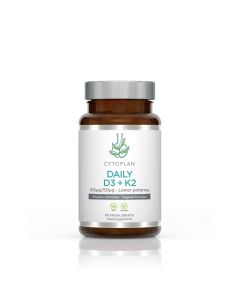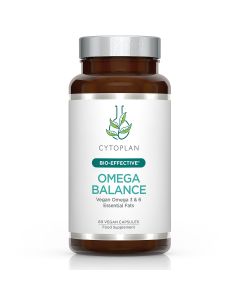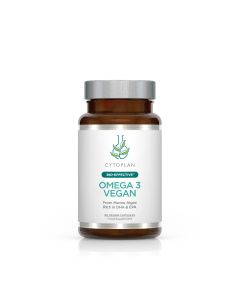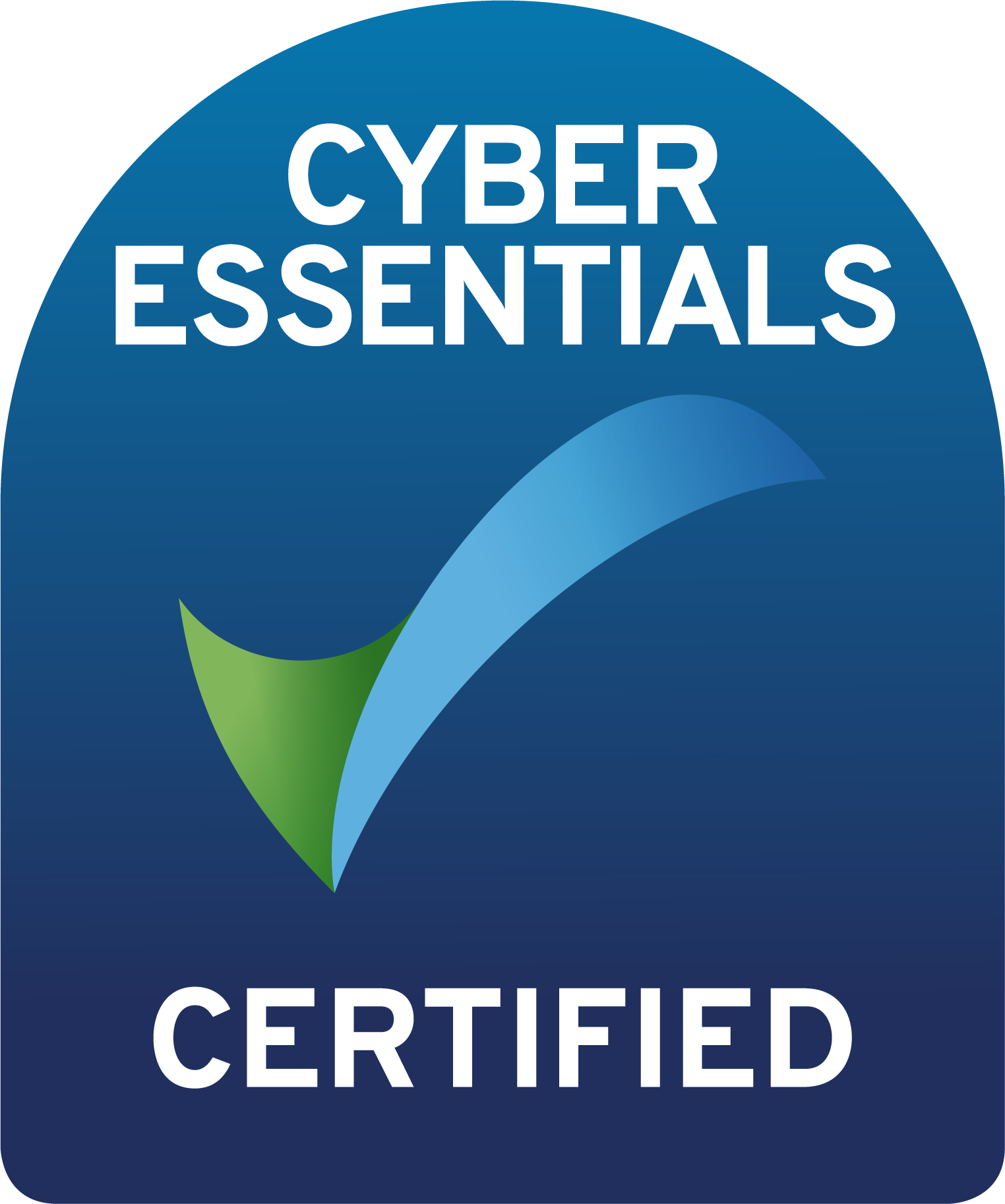What is Omega 3 and Omega 6?
There are only two fatty acids that are known to be essential to human health, alpha-linolenic acid (ALA) an omega-3 fatty acid and linoleic acid (LA) an omega 6-fatty acid. Neither can be synthesised by the body, so adequate levels must be obtained from the diet. The long-chain Omega-3 fatty acids EPA (eicosapentaenoic acid) and DHA (docosahexaenoic acid), which can exert several health benefits can be synthesized from ALA, although this conversion is often inefficient.
The human body needs not only sufficient levels of Omega-3 and Omega-6 fatty acids, but also a suitable ratio between the two. Traditional diets exhibited a 1:1 ratio but our modern diets, with high levels of sunflower and corn oils, processed convenience foods and reduced oily fish consumption are estimated to be closer to a ratio of 1:20 – and this imbalance is thought to be contributing to many of the chronic diseases such as cancer, arthritis and heart diseases that are common in the Western world.
Omega-3 fatty acids play an essential role in the functioning of all cell membranes throughout the body. They provide the initial starting point for hormones that regulate the relaxation and contraction of artery walls and blood clotting and can also help to reduce inflammation and therefore the risk of chronic disease. Omega-3 fatty acids are highly concentrated in the brain and can therefore support cognitive function. They are crucial for all stages of life, but of particular importance in preconception, pregnancy, and childhood years.
ALA is found mainly in vegetable oils, rapeseed and linseed (flaxseed), nuts (walnuts, pecans and hazelnuts) and green leafy vegetables. Oils should always be cold pressed and unrefined to protect the fatty acids during the extraction process as well as preserve the other naturally occurring nutrients. While ALA can be converted into EPA and DHA, as mentioned, this conversion is often inefficient – estimated as a rate of only 8% - often leaving people deficient in EPA/DHA, and as a result, they can be considered conditionally essential and adequate levels should be obtained directly from diet.
Natural sources of EPA/DHA include oily fish such as wild salmon, sardines, and mackerel – although there are concerns about the contamination of fish with heavy metals, PCBs and other pollutants so many people choose to obtain these nutrients through a supplement. For vegetarian and vegans, algal oil can offer a clean and sustainable source of EPA and DHA.












